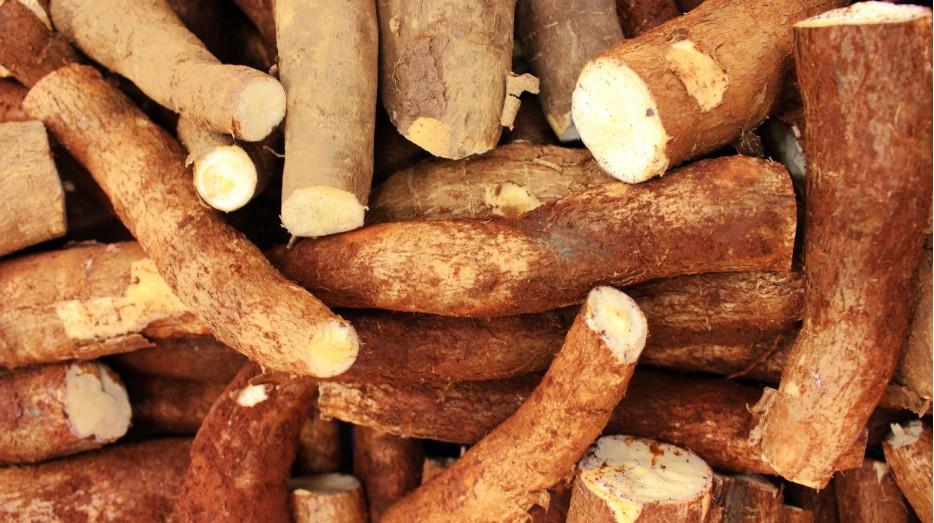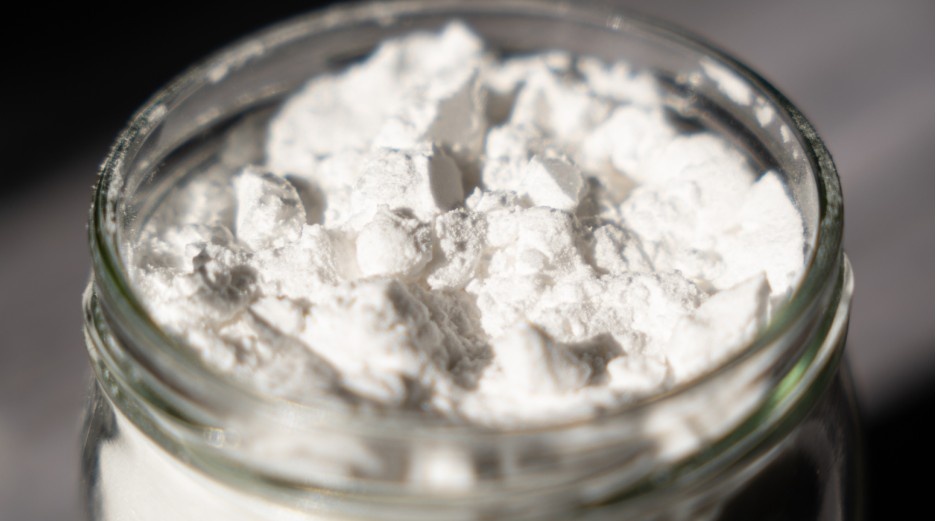I’ll never forget the time I tried to make creamy vegan mac and cheese from scratch in my RV kitchen. I followed every step, whisked like a madman, and yet—watery mess.
My cheese sauce went from dreamy to drippy real quick. Later, I found out the store-bought version I was trying to mimic had something I didn’t: modified food starch.
So of course, the question hit me—what is modified food starch, and why is it hiding in half the things in my tiny fridge?
If you’re RV-bound like me, eating clean (but convenient) is an art form. So today, we’re digging into this pantry mystery and asking the big questions—what is it, why is it everywhere, and should you care?
What Is Modified Food Starch, Really?

So here’s the scoop: modified food starch is regular starch (think corn, potato, tapioca, or even wheat) that’s been physically, chemically, or enzymatically altered to make it do cool things in processed foods.
It’s not some science-lab Frankenstein ingredient—it’s just starch, but with a little functional makeover.
The modification can help starch do things it normally struggles with, like holding up under high heat or staying smooth and creamy in the freezer. So, it’s not just about thickening; it’s about performance. Kinda like putting all-terrain tires on your RV—suddenly, your ride can handle way more.
Why Is Modified Food Starch Used in So Many RV-Friendly Foods?

If you’re shopping for shelf-stable, easy-to-prep meals for your rig, chances are you’ve run into modified starch. It’s in those creamy soups, frozen meals, sauces, and even dairy-free desserts. But why?
Because modified food starch gives food that velvety texture, helps ingredients stay bonded (hello, vegan cheese!), and keeps things from separating in the heat or cold. You know how your potato salad separates after two days in the cooler? Modified starch prevents that in packaged versions.
It’s also a major helper in foods that need a long shelf life—something we RV folks appreciate more than anyone. Less spoilage = fewer emergency grocery runs in the middle of nowhere.
How Is Modified Food Starch Made?

Okay, stay with me here—it gets a little sciencey, but in a cool way.
1. Physical modification uses heat, pressure, or even radiation (don’t panic—it’s food-safe) to change the starch’s structure.
2. Chemical modification involves safe food-grade acids, alkalis, or cross-linking agents that alter how the starch behaves. This makes it more stable under stress, like during boiling or freezing.
3. Enzymatic modification uses enzymes to break starch molecules into smaller pieces or rearrange them for better texture and performance.
What you end up with is a starch that doesn’t clump, holds sauces together, and stays put when you freeze, reheat, or stir the heck out of it.
Is Modified Food Starch Safe for RV Life Meals?
Great question—and one I asked myself right before I tossed out a box of my favorite gluten-free pancake mix in a fit of label paranoia. The good news? Most modified food starch is totally safe.
It’s been used in the food industry for decades, and regulatory agencies like the FDA and EFSA consider it generally safe. It’s also often gluten-free, especially if made from corn or tapioca. Just double-check if you’re sensitive, since some versions do use wheat starch.
If you’re like me—balancing wellness with practicality—you don’t need to fear it. Just be aware of it, especially if you’re aiming for a whole-foods style diet. It’s not evil. It’s just efficient.
What Foods in My RV Pantry Might Contain It?

If you’ve got a tiny pantry packed with goodies (and let’s be honest, space is limited so every item counts), you’ll probably spot modified food starch in:
- Canned or jarred soups and sauces
- Instant mashed potatoes or rice mixes
- Shelf-stable dairy substitutes
- Packaged puddings or pie fillings
- Frozen dinners
- Breaded or fried snacks
- Even meat alternatives and jerky!
And you’ll usually find it labeled simply as “modified food starch.” In Europe, it may have an E-number (like E1422 or E1412).
So… Should I Avoid It or Not?
Here’s my two cents as a wellness advocate living off-grid with a composting toilet and a two-burner stove: balance is the goal. If your diet is 90% packaged and shelf-stable, yeah—it’s worth reevaluating. But if you’re using a can of soup to make a hearty one-pot meal after a long hike, I say don’t sweat it.
Modified food starch helps those products work and taste better, and there’s no evidence it’s harmful when eaten in moderation. I like to mix it up—some DIY whole food cooking, some pantry shortcuts. That’s RV living at its finest: thoughtful, but flexible.
FAQ – All the Random Questions I Had, Too
1. Is modified food starch the same as genetically modified food?
Nope! The word “modified” in this case refers to the processing of the starch—not the plant’s DNA. Most modified starches come from conventional, non-GMO crops (but check the label if that’s important to you).
2. Can people with gluten sensitivity eat modified food starch?
Often, yes. If it’s made from corn, tapioca, or potato, it’s naturally gluten-free. But if it’s from wheat, it may not be safe for celiacs. Look for certified gluten-free labels just to be sure.
3. Is it bad for you?
Not necessarily. It’s considered safe and doesn’t add calories or sugars. But like with all processed additives, moderation is key. If you’re trying to eat cleaner, it’s good to be mindful of how often it pops up in your food.
4. Why not just use regular starch?
Great question! Regular starch breaks down under heat, acid, or freezing—so food companies tweak it to make it hold up better in storage and reheating. Especially useful when you’re storing food for long RV trips!
Pantry Wisdom Before You Roll Out
Listen, the road is long, and your pantry is small. Knowing what is modified food starch gives you more power to choose what fuels you best. It’s not about fear—it’s about awareness.
My personal tip? Stock a few go-to items with modified starch for quick meals, but balance them with fresh or whole ingredients when you can. My quinoa bowls with roasted veggies and a spoonful of canned lentil stew (yes, with modified starch) are a win every time.
So whether you’re boondocking in the desert or parked lakeside with Wi-Fi, eat smart, read labels, and don’t let ingredient lists stress you out. After all, life on the road is about freedom—and that includes your food choices.














